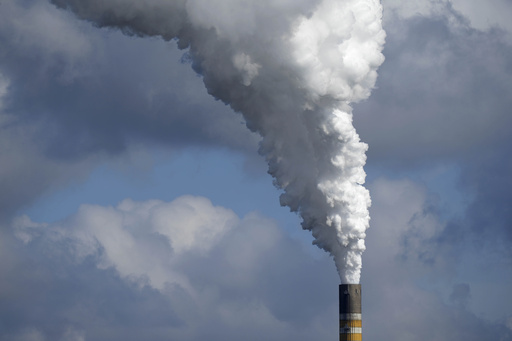
A recent report from the International Energy Agency (IEA) highlights the global transition to electric vehicles (EVs), particularly in China, which is set to significantly impact the oil market.
Historically, China has been a major driver of both oil consumption and emissions. However, EVs now constitute 40% of new car sales within the country and account for 20% of international sales, creating challenges for leading oil and gas companies.
The IEA’s World Energy Outlook 2024 indicates that if current trends and policies persist, EV adoption could lead to a reduction of up to 6 million barrels per day in global oil demand by 2030, with estimates suggesting that EVs might represent 50% of total car sales worldwide by then.
Currently, China is home to half of all electric vehicles globally. It is predicted that, by 2030, 70% of new car sales in China will be electric. The country’s substantial increase in renewable energy sources like wind and solar aligns with its climate goals, aiming to reduce emissions to a peak and then begin to decline by the decade’s end.
Nevertheless, this growth in clean energy is concurrent with an uptick in overall electricity demand, including energy produced through coal. Lauri Myllyvirta, a leading analyst at an energy and clean air research institute, remarked that despite the substantial boost in green energy installation, emissions have continued to rise.
According to the report, global electricity consumption is surpassing expectations, largely fueled by increasing industrial activity, electric vehicles, cooling needs, and the demands of data centers and artificial intelligence. The report suggests that the transition to electrifying heating, transportation, and some industrial processes is becoming more apparent.
The IEA also posits that the growth of wind and solar energy, combined with the rising usage of EVs, will likely result in a peak in coal, oil, and gas demand within the next ten years, with a subsequent decrease in carbon emissions. There has been a long-standing concern among scientists regarding the urgent need to lower greenhouse gas emissions to avoid severe consequences related to climate change.
As China’s rapid shift towards electrification progresses, it poses a notable disruption for the oil market. Consequently, oil companies are turning their attention to India, where the IEA forecasts an increase in oil demand, estimating an addition of nearly 2 million barrels per day by 2035. This growth could provide an essential opportunity for oil producers seeking to counteract dwindling demand in other markets.
However, the agency cautions that the current trajectory of emissions indicates the world is far from aligning with net-zero goals, emphasizing that global climate pollution needs to decline annually to maintain a viable chance of keeping present climate conditions.
The 2015 Paris Agreement aimed to cap global temperature increases at 1.5 degrees Celsius (2.7 degrees Fahrenheit) compared to pre-industrial levels. Unfortunately, current projections suggest that the Earth’s average temperature could rise by 2.4 degrees Celsius (4.32 degrees Fahrenheit) by century’s end.
Bill Hare, CEO of Climate Analytics, stated that unless urgent actions are taken, emissions are unlikely to fall sharply and are expected to decrease only gradually after reaching peak levels.
The IEA, headquartered in Paris, publishes the World Energy Outlook annually, providing valuable insights that inform policymakers and analysts regarding global energy trends and their implications on policy.
